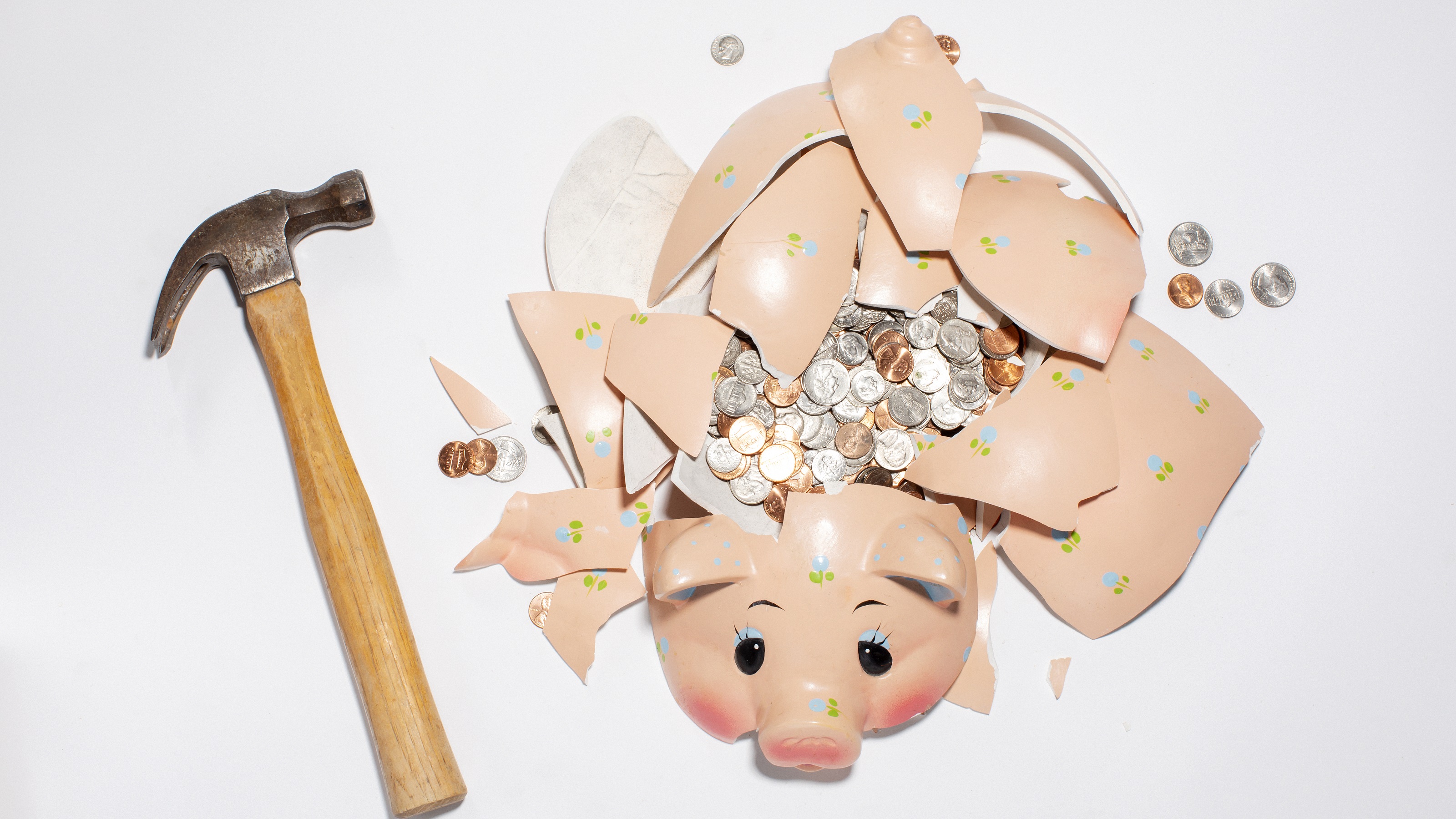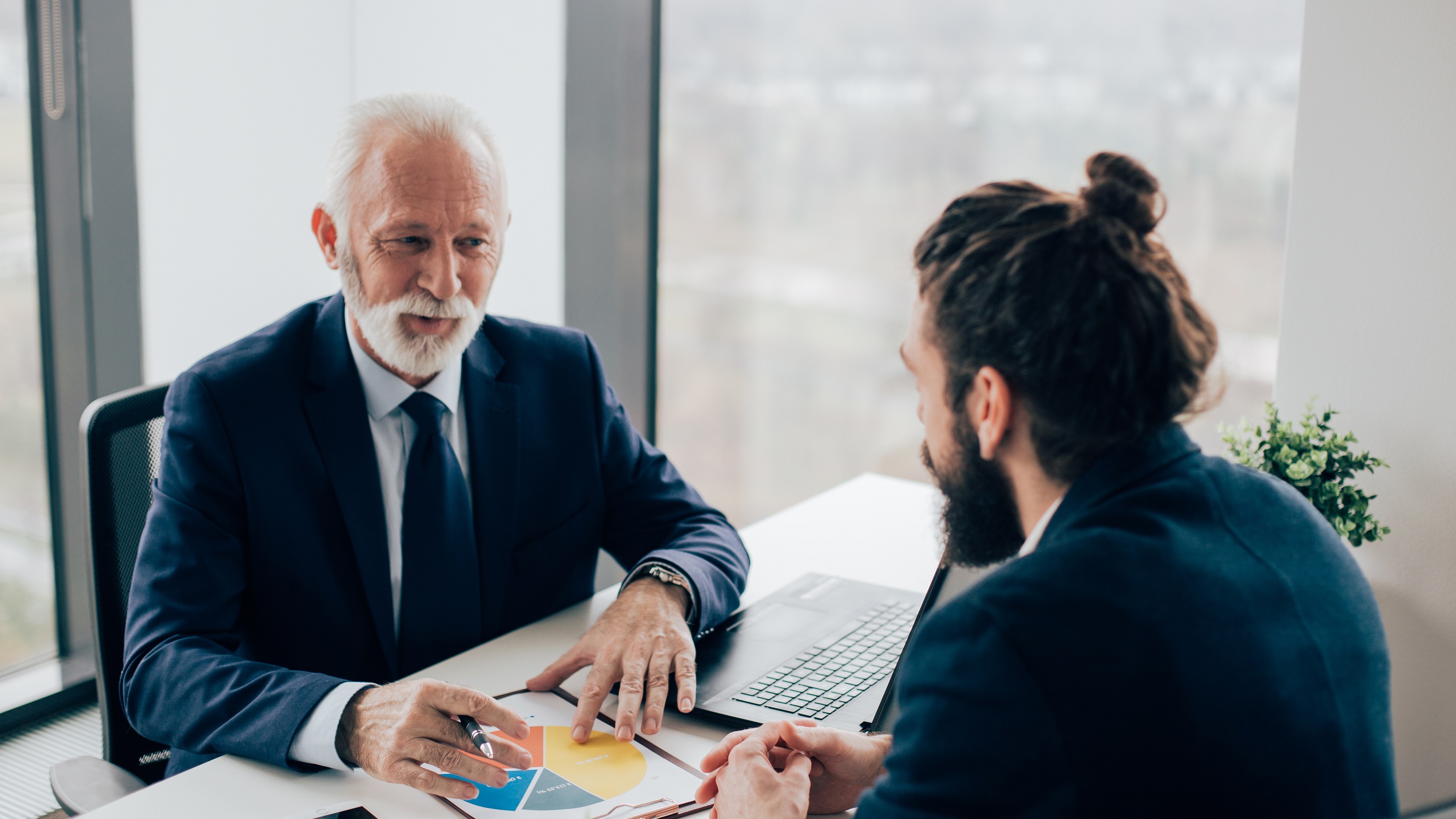A Guide to Your Credit Card Statement
Many people overlook their credit card statements. Here's why you shouldn't.


Checking your credit card statement every month is an important financial task. The statement holds key information about your card’s balance, interest rate and payment due date.
Plus, by monitoring transactions, you can get a sense of where your money is going — and detect any fraudulent purchases quickly. Here’s how to read the fine print.
Account summary
The account summary shows activity during the most recent billing period. At the top, you’ll see the balance from the end of your card’s previous billing cycle, which may be called the previous balance. Then you’ll see the amount you made in payments, which is subtracted from the previous balance.

Sign up for Kiplinger’s Free E-Newsletters
Profit and prosper with the best of expert advice on investing, taxes, retirement, personal finance and more - straight to your e-mail.
Profit and prosper with the best of expert advice - straight to your e-mail.
The account summary also includes the total amount of purchases and credits (for example, refunds for items you returned to a merchant), balance transfers, cash advances, any past due amount, fees charged, and interest that has accrued since the last billing cycle. Additionally, you’ll see the starting and closing dates of the billing cycle, which usually lasts 28 to 31 days. Transactions occurring after the closing date will show up on your next bill.
Your statement balance (which may be called the new balance) shows the amount you owe at the end of the billing cycle. Your credit limit, as well as the amount of credit available to you after subtracting your card’s balance, appears in the account summary, too.
Payment information
Perhaps the most important line in this section is your payment due date. Your payment is usually considered to be on time if you submit it by 5 p.m. in your time zone on the due date shown, if it’s a weekday; if the due date falls on a weekend or holiday, then you have until the next weekday to pay your balance.
If you send your credit card payment by mail, try to mail it well before the due date so you won’t incur late fees. Your credit card bill provides a payment coupon to include with your check or money order.
The payment section also lists the minimum payment due, which is the amount required to avoid a penalty, as well as a warning that explains how much you’ll owe in fees and higher interest if you fail to pay by the due date. In addition, this section explains the number of months or years it will take to pay off the balance if you make only minimum payments. By paying your balance on time and in full every month, you can avoid a lengthy repayment time, interest charges and late fees.
Changes to your account
If your account terms change, those differences are listed here. For example, if your card company increases your interest rate or adds more fees, you’ll be informed in this section and given at least 45 days’ notice before the changes take effect. If you trigger a penalty interest rate by paying late or exceeding your credit limit, you’ll see the rate increase here.
Transactions
This section provides a summary of your purchases and other transactions since your last statement, showing exactly where your money is going, says Ted Rossman, senior industry analyst at Bankrate. Every purchase you made is listed, along with the date of the purchase and identity of the merchant.
Inspect this part of your statement closely for any unfamiliar or forgotten charges, such as free-trial subscriptions that turned into paid services after the trial ended, Rossman says. You should also scrutinize the list for transactions you don’t recognize, which could indicate fraud. If you see a purchase you don’t recall making, contact the merchant first. If you can’t resolve the issue with the merchant, write a letter to your credit card company to dispute the charge.
Under the Fair Credit Billing Act, you have 60 days after the date the billing statement was sent to you to dispute an erroneous charge. Your credit card provider must investigate and resolve the dispute within two complete billing cycles — but no more than 90 days — of receiving the letter.
If the card provider determines that the charges were unauthorized, the law limits your liability to $50, no matter how much was charged to your card. Many card companies offer zero-liability protection as long as you notify them of suspected fraud within 30 days of receiving your statement and noticing the error.
Fees and interest charges
This section tells you the total amount you’ve been charged in interest and fees for the current year. If you’ve been paying fees, look for ways to avoid them, Rossman says. For example, setting up automatic payments of your credit card bill will ensure that your payments arrive on time.
Keep in mind that you can ask your card provider to lower your interest rate or waive fees, too. A recent survey by LendingTree found that three-fourths of consumers who requested a lower interest rate on one of their credit cards in the past year were successful.
Interest charge calculations
At the bottom of your credit card statement, you’ll see how interest on your payments is calculated. This section includes the annual percentage rate (APR) for purchases, balance transfers and cash advances.
It also details the balances subject to the current APR and any changes in your interest rate. For example, if you had an introductory purchase APR of 0%, you’ll see when that rate will expire.
Credit card rewards
If you have a rewards credit card, this section shows the amount of cash back, points or miles you’ve earned and redeemed. This is useful if you’re planning to use your rewards to take a trip or pay for another big expense.
How long to keep your credit card statement
Jim Droske, owner of Illinois Credit Services, a credit-repair company, says it’s important to have access to your credit card statements in case you want to dispute a fraudulent charge or need them for tax documentation.
If you receive paper statements, store them in a safe place for at least 60 days to dispute a fraudulent charge or for up to six years if you need them for your taxes. If you manage your account online, consider downloading electronic copies of your statements to a password-protected file on your computer.
Note: This item first appeared in Kiplinger Personal Finance Magazine, a monthly, trustworthy source of advice and guidance. Subscribe to help you make more money and keep more of the money you make here.
Related Content
Get Kiplinger Today newsletter — free
Profit and prosper with the best of Kiplinger's advice on investing, taxes, retirement, personal finance and much more. Delivered daily. Enter your email in the box and click Sign Me Up.

Ella Vincent is a personal finance writer who has written about credit, retirement, and employment issues. She has previously written for Motley Fool and Yahoo Finance. She enjoys going to concerts in her native Chicago and watching basketball.
-
 Is the Economy at Risk of a Recession Because of Tariffs? What the Experts Are Saying
Is the Economy at Risk of a Recession Because of Tariffs? What the Experts Are SayingWith the stock markets up and down and tariffs on and off everyone including retirees may wonder what it means for the economy. Here's what the experts think.
By Donna Fuscaldo Published
-
 Stock Market Today: Tariff Pause Triggers 3,000-Point Dow Rally
Stock Market Today: Tariff Pause Triggers 3,000-Point Dow RallyThe bond market is sending concerning signals as the Trump administration executes its rapid reordering of global trade relationships.
By David Dittman Published
-
 Use This 1-Year CD if You’ll Owe Taxes Next Year
Use This 1-Year CD if You’ll Owe Taxes Next YearA one-year CD allows you to set money aside now for taxes you'll owe next year. We'll show our best choice.
By Sean Jackson Published
-
 How to Lower Home Insurance Rates When Climate Change Increases Costs
How to Lower Home Insurance Rates When Climate Change Increases CostsA top insurer warns the damage climate change causes is making it cost-prohibitive for insurers in some areas. Learn how to protect your home and lower costs.
By Sean Jackson Published
-
 Stick to the Plan: Don't Panic During Economic Uncertainty
Stick to the Plan: Don't Panic During Economic UncertaintyTake a breath and step back. Focus on a solid fiscal foundation to stabilize your investments during stock market volatility.
By Eric Lahaie, CFS®, RICP® Published
-
 How Inflation Affects Your Finances and How to Stay Ahead
How Inflation Affects Your Finances and How to Stay AheadThe cost of goods and services is certain to rise over time, making it essential to have a financial plan that will help you keep pace.
By Kyle D. Sikes Published
-
 Now's a Great Time to Become a Financial Adviser: Here's Why
Now's a Great Time to Become a Financial Adviser: Here's WhyThere's a growing need for financial advisers. Why not take on a role that offers earning potential and work-life balance and helps change lives?
By John Roberts Published
-
 3 Ways to Stream The Masters and Save Money
3 Ways to Stream The Masters and Save MoneyIf you plan to stream The Masters and are looking for ways to save, we'll show you several options.
By Sean Jackson Published
-
 Lowe's Stores Closing All Locations for 24 Hours
Lowe's Stores Closing All Locations for 24 HoursLowe's will close all of its retail locations and contact center for one day in April.
By Sean Jackson Published
-
 His Employees Don't Work 'For' Him, But 'With' Him
His Employees Don't Work 'For' Him, But 'With' HimWhile it might not seem that way, there are indeed employers out there who value the relationships they have with their employees. Here's an example.
By H. Dennis Beaver, Esq. Published